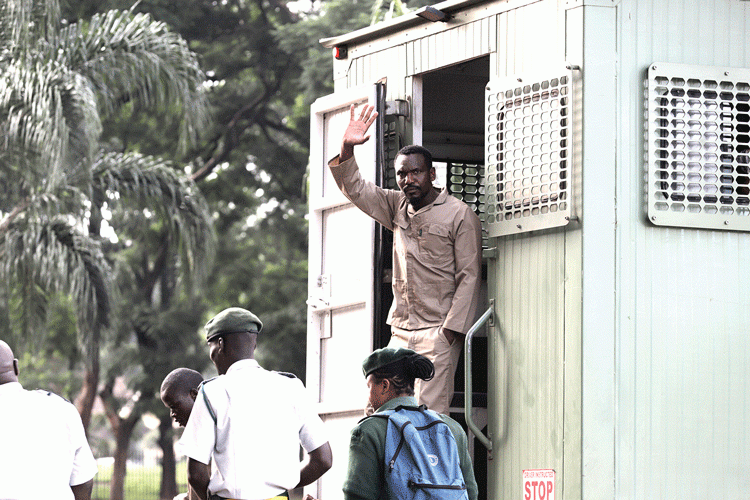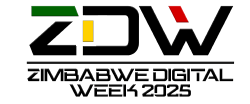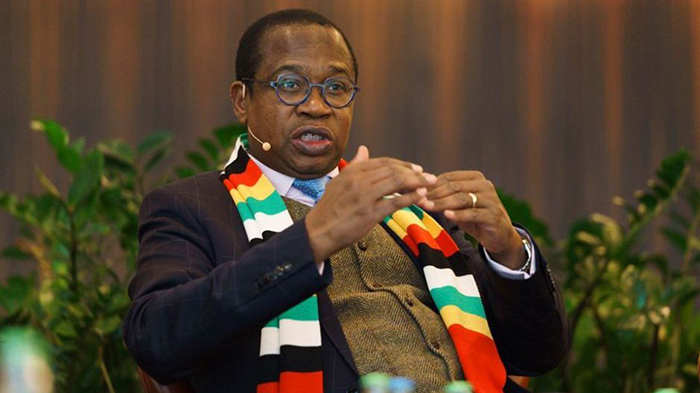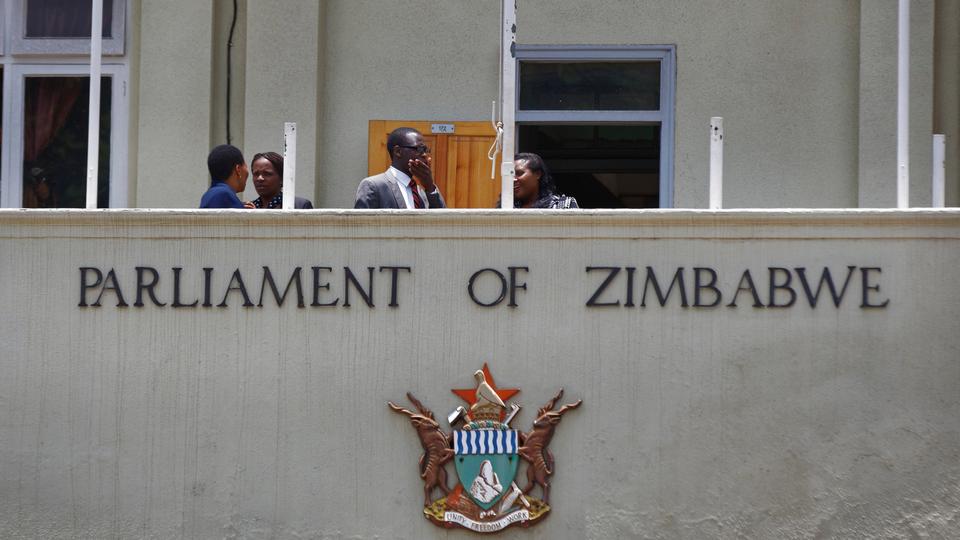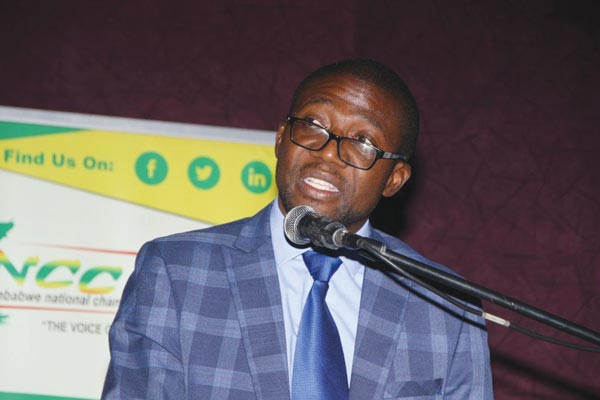
BY FREEMAN MAKOPA
ZIMBABWE is to deploy additional manpower to China to give impetus to Harare’s two-decade marketing campaign to attract Beijing’s travellers to local market, Tourism minister Mangaliso Ndhlovu told NewsDay Business yesterday.
He said visibility of Zimbabwean attractions in Chinese source markets could have been affected by a poor marketing strategy.
Under the late former President Robert Mugabe’s “Look East” policy, China and Zimbabwe inked the approved destination status at the turn of the century, which represented a huge endorsement by Beijing that southern African was among the safest destinations.
Chinese tourists — estimated at about 20 million a year, only travel to destinations approved as safe by their government.
Under a campaign by former Tourism minister Walter Mzembi to increase arrivals to five million by 2025, Zimbabwe hoped to attract 5%, of this 20 million and scale-up annual arrivals by an additional one million.
However, even before the COVID–19 scourge exploded, arrivals from China had been subdued.
Ndhlovu said the new plan was to send two additional attaches to China’s big markets, adding to the two who have always been working in that country.
- Chamisa under fire over US$120K donation
- Mavhunga puts DeMbare into Chibuku quarterfinals
- Pension funds bet on Cabora Bassa oilfields
- Councils defy govt fire tender directive
Keep Reading
“I don’t believe China has reached the full potential and maybe it’s to do with our marketing,” Ndhlovu said.
“I remember at one point discussing with (Zimbabwe’s ambassador to China who was) saying ‘you know there are many people in China who have not much knowledge about tourist destinations in Zimbabwe’.
“And it is, therefore, upon us to reach out to those source markets and I know as a ministry, we will be adding about two tourism attaches so that we increase our visibility in those areas.
“The idea really is to deal with issues of visibility as a country but I still think we have not marketed Zimbabwe in a manner we expect it to be. I still think there is so much we can do,” he said.
“Currently, it will be very difficult to assess the performance of any source markets, certainly the last two years because of what has been happening but I know from 2019 going backwards that we still remain with our traditional source markets doing very well Europe, UK, USA and the idea is to constantly diversify the source markets,” he added.
In October, government said it was planning to dispatch tourism attachés to key global markets in a fresh push to rebuild the free-falling industry that has been hard hit by COVID-19.
It said tourism attachés would be deployed to New Delhi, the Indian capital, Paris in France, New York in the United States of America, London in England, Berlin, Germany, Japan and South Korea, as well as Durban and Johannesburg in South Africa.
Tourism, which used to generate about US$2 billion for the economy annually, suffered the sharpest knock after global economies came close to collapse as the COVID-19 pandemic ripped nations apart last year, grounding airlines and denting international travel.
The heat was felt more across southern Africa’s tourism-dependent economies, with arrivals into Zimbabwe plummeting by 90% in the 10 months of 2020 as governments directed citizens to stay indoors to avoid the deadly contagion.
At an average 12% occupancy rate, Zimbabwe’s hotels have slipped into the red zone.

